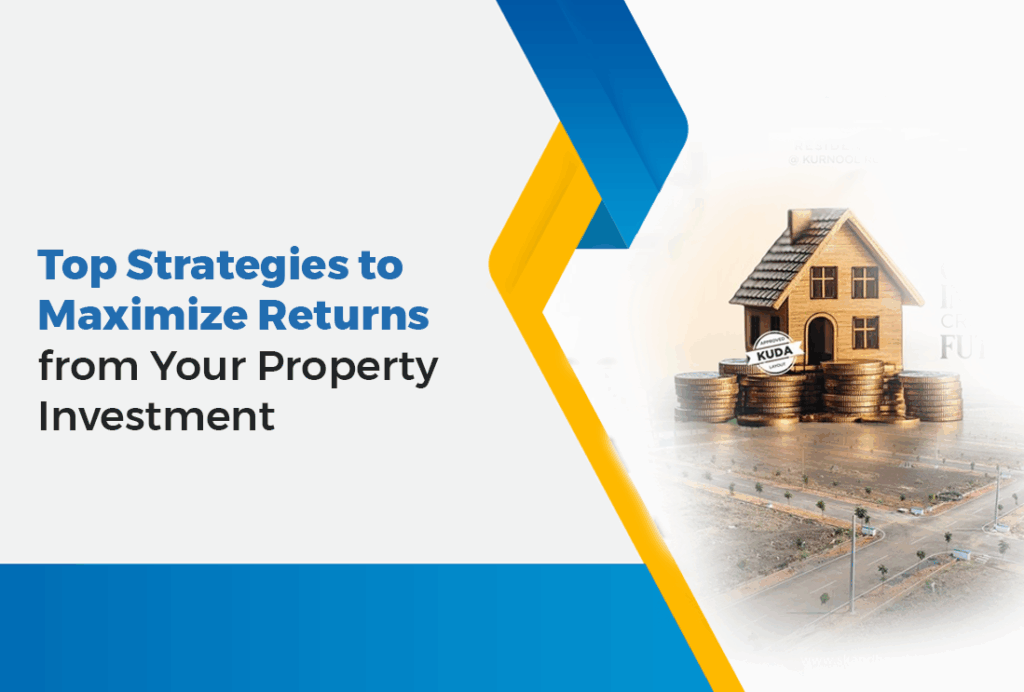Investing money into property has always created strong interest among people who desire steady growth along with peace of mind because land and buildings often feel more secure compared to financial instruments that move daily. People usually hold property for many years and during this long period, the value may grow naturally with development in the area and regular income can also be collected when rented out so the combination of growth and income can create a sense of balance in financial planning.
When thinking about how to receive the best outcome from property investment, a person should never rely only on luck or excitement because money placed without planning can quickly lose value and stress may replace confidence. The wise approach is always to combine research, financial discipline, market awareness and patience, since property behaves differently in every location and every market has its own small patterns that decide the movement of prices and rent.
Research before selecting location
Every property has a story connected to the place where it stands because location controls value in the long term and a simple house in a growing area can produce more return than a large structure in a place with no activity. Investors who study employment hubs, transport links, schools and infrastructure changes usually make better choices because these factors attract people who want to live or work nearby. When demand rises, rental income follows and property values also gain strength. Careful research often removes unnecessary risk and creates more confidence while spending money.
Treat property like a business unit
Many people think of property as just land or a building but serious investors see it as a business unit that can grow through proper management. Income from rent, savings from tax deductions, growth through price appreciation and reduction of debt all act like business levers and when used together, they improve returns. A person who collects rent should also check loan payments, repair costs and cash flow each month because ignoring numbers may lead to hidden losses. When managed carefully, property provides not only income but also a sense of financial independence.
Apply models that recycle capital
Some investors prefer buying a property that needs repair, fixing it, renting it, refinancing the loan and then repeating the cycle with another asset this approach allows money to move quickly from one property to another without waiting many years for natural appreciation and it can build a larger portfolio in less time. Although this method requires planning and energy, it rewards disciplined investors with faster scaling of their holdings.
Use proper legal and tax structures
Every government offers different tax rules for property and those who understand them save more money compared to people who remain unaware. For example some rules allow deduction of loan interest, while others provide benefits when reinvesting sale profits into another property. Using proper legal structures also protects family wealth from unexpected claims or disputes so careful attention to law and taxation always increases the safety of investment. Seeking professional advice in this area often makes the difference between average and high returns.
Spread money across different property types
Relying on one form of property can sometimes bring disappointment when markets move against expectation so diversification becomes an intelligent step. An investor may consider residential apartments for rental flow, student accommodation for higher demand during academic sessions, holiday homes for short stays in tourist zones or even commercial property for long term business tenants. Each category carries different risks and rewards and balancing them gives stability while still leaving space for growth. Diversification prevents heavy loss when one segment suffers, since the others may continue performing well.
Observe growth linked with infrastructure
History shows that areas receiving new transport routes, technology parks or industrial hubs usually experience price growth above average levels because jobs attract people and people increase demand for housing. Investors who notice early signs of development such as government announcements or visible construction can enter at very lower prices before the area becomes expensive. Infrastructure driven growth is often steady and reliable, as it follows the natural need for movement, employment and daily living.
Manage finance with care
Property requires heavy capital and most people use loans to buy so the way these loans are handled decides the safety of the whole investment. Borrowing too much without considering interest changes or vacancy periods can even bring stress while using moderate leverage with careful repayment planning often keeps the investor comfortable. Keeping emergency funds aside helps during times when tenants leave or repair bills appear suddenly. Risk management in finance prevents shock and keeps the journey steady.
Review portfolio from time to time
Markets change, personal goals also change and property that once served a purpose may no longer fit future needs. For this reason, investors should check their holdings regularly, sell assets that are underperforming and direct money into better opportunities. Rebalancing in this manner keeps the portfolio aligned with personal goals and it also helps adapt to economic shifts. A disciplined review habit provides long term stability and makes sure growth does not lose direction.
Patience and discipline above excitement
Many beginners fall into the trap of chasing hot areas or following short term hype but such decisions usually bring regret when the market cools down. True success in property investment comes from patience as well as from steady rent collection and long term capital growth where emotional buying or quick selling often destroys potential wealth while calm planning builds it. A thoughtful investor waits, observes and allows the property to deliver results slowly, which often feels more rewarding than any quick profit.
Why guidance creates stronger results
Property investment contains many moving parts, from tax and legal matters to location study and financial planning. A single person may struggle to handle everything alone but when supported by experienced advisors like Seed Finserve who understand both finance and real estate, decisions become clearer and confidence grows and a structured plan that connects property with other assets such as equity, debt or agricultural investment can produce stronger long term wealth because each asset type balances the others. With continuous review, guidance and risk planning, an investor finds peace, security and growth together.

